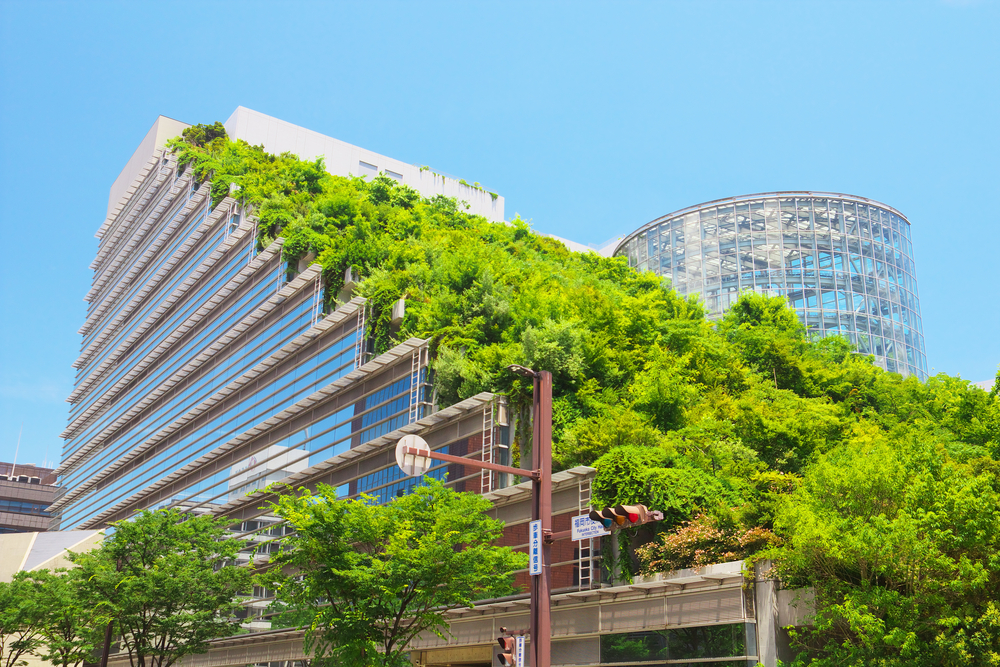A living roof or a green roof is a building’s roof that is totally covered with a growing medium or vegetation that is carefully planted over a membrane that is waterproof. This type of roof usually includes a number of additional layers, like drainage and irrigation systems, and a root barrier. Gardens in containers on roofs that are maintained in pots are usually not considered to be green roofs, but this idea is under debate. Rooftop ponds is one form of green roofs that are actively used to treat the greywater that gets accumulated. Soil, vegetation, drainage layer, roof barrier, and an irrigation system totally form a green roof.
How Does Green Roof Help in Improving Architecture?
The popularity of a green roof is increasing in the United States because of the number of benefits. There are green roofs that beautify the overall look of the roof. However, there are other benefits of getting a green roof. Some of the benefits are discussed below.
Reduction in Overall Energy Costs
When compared to traditional black tarred roofs, green roofs help in reducing energy costs by a great deal and absorb the heat by a great deal. Based on some of the research studies, using a six-inch green roof can reduce the overall demand of summer energy by close to 75 percent. Also, green roofs lower the demands for air conditioning, which in turn improves the architectural roofing of the building. Also, the air conditioning reduces the air pollution and emissions related to greenhouse gas.

Reduction in Air Pollution
A green roof is known to remove a lot of the air particulates, produce a lot of oxygen, and provide a lot of shade. In addition to this, it provides natural protection against a lot of heat. The green roof protects twice as more as the rooftops that are built traditionally. This ensures that the green roofs improve the long life and the overall look of the roof.
Because of the streets and hard rooftops in cities, the velocity and the volume of the stormwater runoff has increased tremendously and has contributed in a major way to the flooding and pollution across the world. Due to the presence of nonporous surfaces like rooftops and pavement, a typical block of city generates more than five times the flow of water than an area made out of woodland area of similar size. The ability of the green roof to absorb water improves the overall look of the roof and architectural roofing sense of the house.
While it is important to understand the advantages of green roofs, it is also important to know the cons of green roofs. Some of the disadvantages are:
Costlier Than Traditional Roofs
This type of roofs is more costly when compared to the other type of traditional roofs. Even though it helps a great deal in architectural roofing, it requires a lot of support to handle an increase in load. In spite of the initial setback, green roofs help in making up the initial investment. Considering the initial benefits, people should not be worried about the initial costs that is required to set this up.
There is always a maintenance that is required for a green roof in order to meet the architectural roofing standards and the process needs some effort. The best tip here is to treat the green roof as a garden and then make sure that the maintenance is carried out in a proper manner. Based on all of this, all the factors mentioned above show how green roofs help in architectural roofing.



